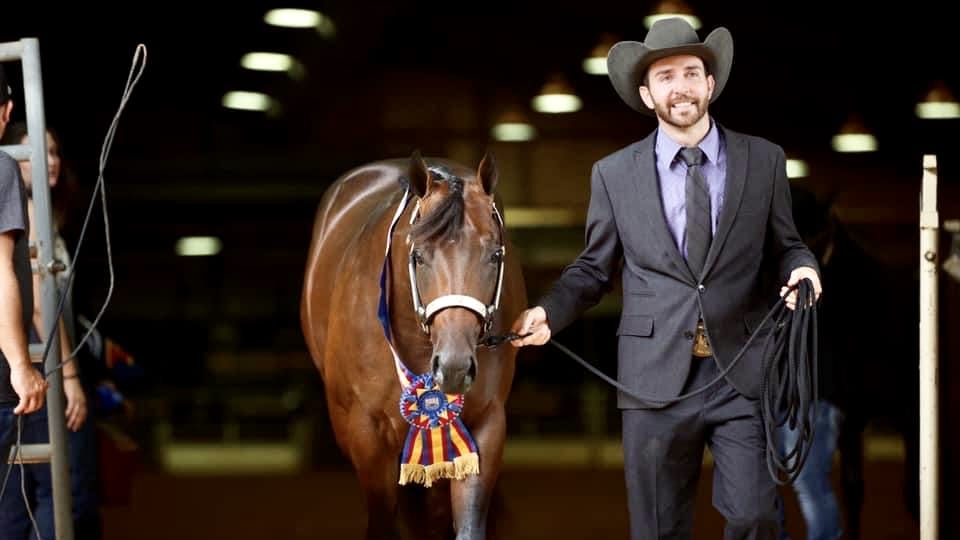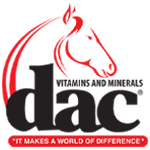Purchasing a new horse can be a gamble, but buying a yearling can seem like an even more considerable risk with more unknown variables at play. However, you can improve your chances of making a good selection by equipping yourself with knowledge and identifying the desirable traits you want in a yearling.
We talked with top equine industry professionals Bret Parrish, Dawn Baker, and Anthony Leier to get their perspectives on buying yearlings and precisely the qualities they look for in prospects.
Anthony Leier, Leier Performance Horses
“Looking at proven pedigrees is certainly a great start when looking at a yearling,” says Anthony Leier, a longe line specialist in Gordonville, Texas. Growth and maturity outcomes can’t always be predicted, and proven lines aren’t always a guarantee to a great horse, but he says, “They can definitely head you in the right direction.”
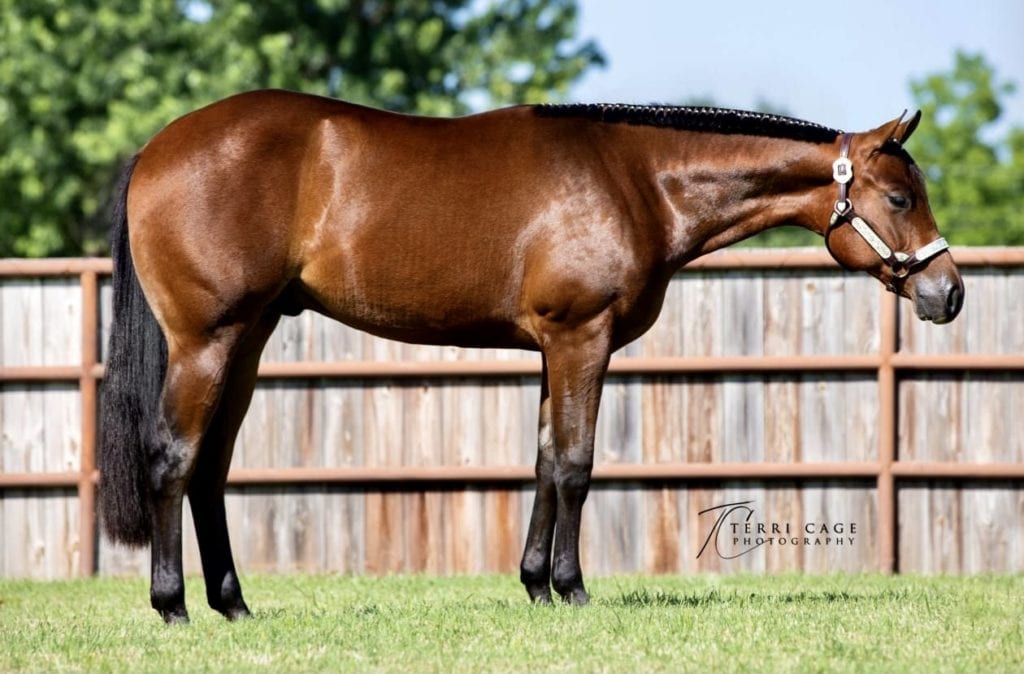 Conformation is also a crucial trait to consider in a yearling. Leier looks for a yearling with a lot of maturity in its body and strength across his/her back with a low tail-set. Anthony lists other desirable structural traits – big-boned yearlings with structurally correct front legs and hind legs straighter through their hocks.
Conformation is also a crucial trait to consider in a yearling. Leier looks for a yearling with a lot of maturity in its body and strength across his/her back with a low tail-set. Anthony lists other desirable structural traits – big-boned yearlings with structurally correct front legs and hind legs straighter through their hocks.
Following conformation, movement is another important quality. “I love to see one sit back on its hocks and hold the ground as long as it can. We all love to see the flat front leg. Still, before I look at that, I want to see the slowness in their legs and loft in their shoulders,” Leier emphasizes.
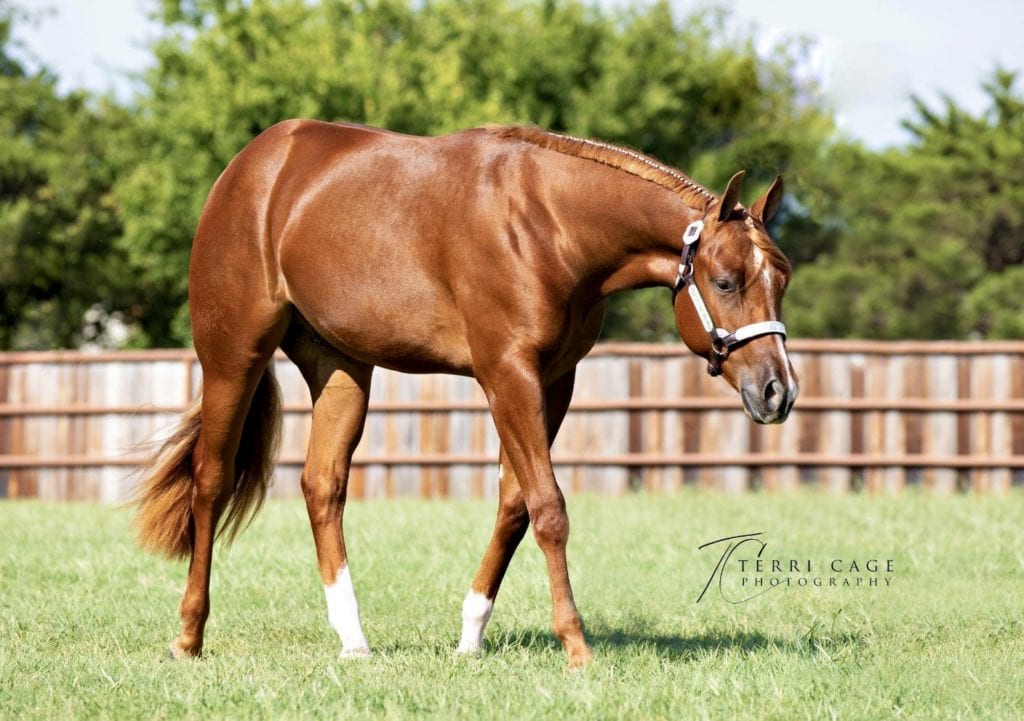 As young horses, age, training and development of muscle can help them learn to slow their rhythm and hold the ground longer. Still, Anthony stresses that they will “move how they move,” so it’s essential to start with a great foundation.
As young horses, age, training and development of muscle can help them learn to slow their rhythm and hold the ground longer. Still, Anthony stresses that they will “move how they move,” so it’s essential to start with a great foundation.
The health of the young horse is also a crucial variable to consider when buying a yearling. Leier suggests vet checks for yearlings and recommends them for the young horses he sells. The areas of concern are the major joints. Yearlings can have osteochondritis dissecans (OCD), a joint disorder, or bone spurs or chips that can lead to lameness. According to Leier, vet checks give the buyer confidence they are getting a clean and sound horse, so a visit from the vet is worth the extra money in the long run.
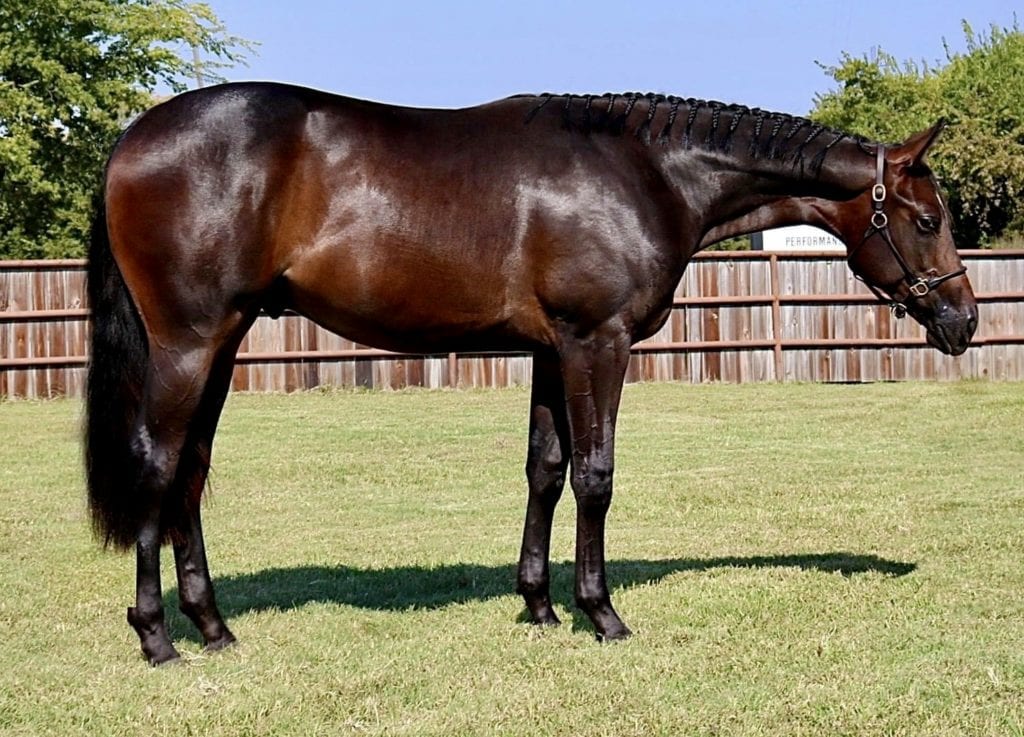 All in all, yearlings are still babies, and Leier advises having a lot of patience when working with a young, growing mind. After purchasing a yearling, he recommends sending your yearling to someone who has experience working with your horse’s discipline and age. If not, take lessons and research training tips; learn as much as you can from all available resources.
All in all, yearlings are still babies, and Leier advises having a lot of patience when working with a young, growing mind. After purchasing a yearling, he recommends sending your yearling to someone who has experience working with your horse’s discipline and age. If not, take lessons and research training tips; learn as much as you can from all available resources.
Bret Parrish, Parrish Quarter Horses
Bret Parrish of Parrish Quarter Horses in Pavo, Georgia, has a long history of training, developing and showing high-quality western pleasure horses. We asked Bret his advice for both purchasing and raising western pleasure yearling show prospects.
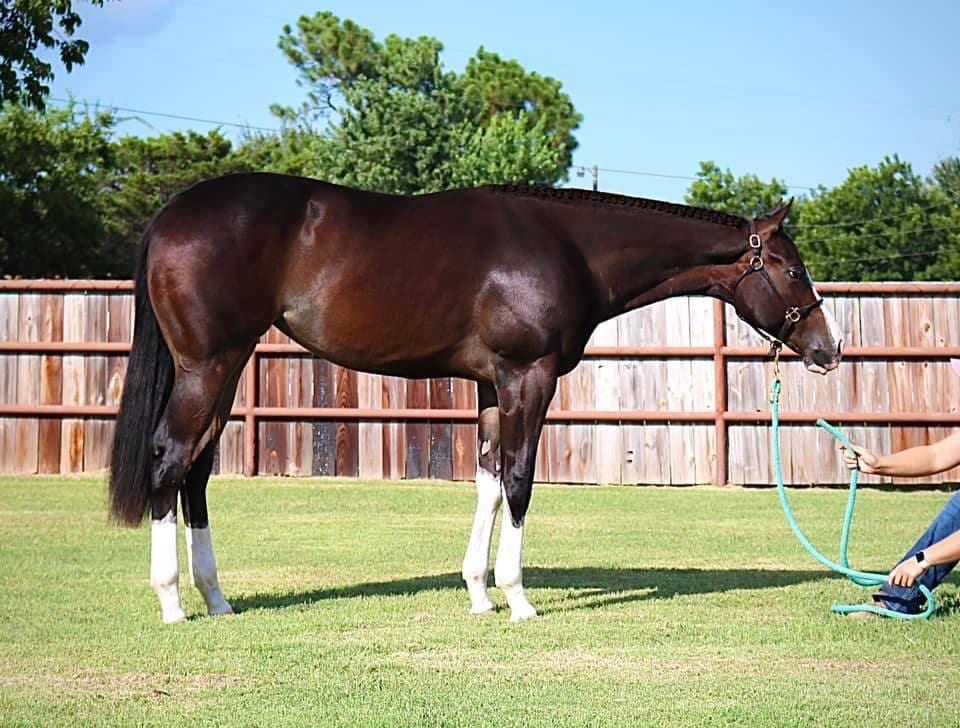 Yearlings can change during the growth process, but Parrish looks for a strong yearling over their topline and croup. Even if the yearling is slightly downhill (hindquarters higher than its front end), they will become level as they mature. Parrish primarily looks for natural rhythm and self-carriage when watching a horse move.
Yearlings can change during the growth process, but Parrish looks for a strong yearling over their topline and croup. Even if the yearling is slightly downhill (hindquarters higher than its front end), they will become level as they mature. Parrish primarily looks for natural rhythm and self-carriage when watching a horse move.
According to Parrish, the yearling should travel straight, maintain a level topline, and carry its hind legs underneath it. Parrish advises that some yearlings will get even better as they mature and gain strength. Still, it is challenging to predict a horse’s ability to increase the quality of movement. Gauging this quality comes from the experience of working with young horses.
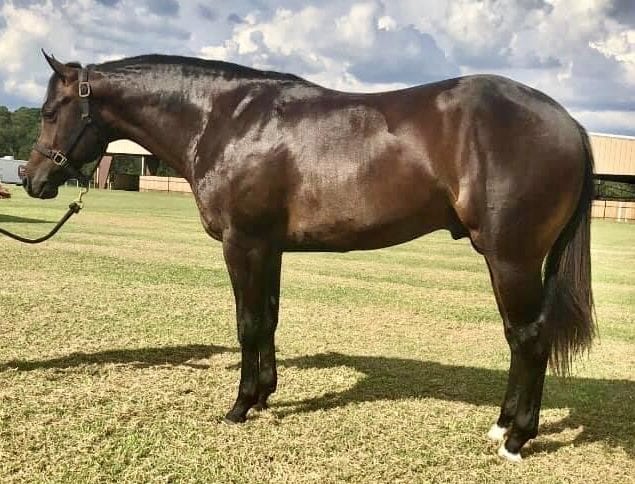 The mind of a yearling will also develop and mature along with its body. Parrish likes yearlings that are calm in their demeanor, but most importantly, will have the ability to focus and be trainable. Additionally, some young horses take a little longer and require more patience. (pictured right – Nothin But Nett – who was bred & raised at the Parrish farm)
The mind of a yearling will also develop and mature along with its body. Parrish likes yearlings that are calm in their demeanor, but most importantly, will have the ability to focus and be trainable. Additionally, some young horses take a little longer and require more patience. (pictured right – Nothin But Nett – who was bred & raised at the Parrish farm)
The history of bloodlines is essential when breeding, buying and selling young show prospects. Parrish believes that pedigrees can help predict what the yearling may achieve and maximize hereditary abilities. After many years of breeding and showing, Parrish says there are certain lines he prefers to stay away from, and “certain lines which will show talent early on, go through the training process, and then may diminish in performance.”
 Bret gravitates towards lines that are doing well in the show pen (like RL Best Of Sudden) and has a history of success in his training program. Parrish stated he enjoys raising show prospects because he can witness how they mature, and he can get to know the yearling very well before it enters his training program.
Bret gravitates towards lines that are doing well in the show pen (like RL Best Of Sudden) and has a history of success in his training program. Parrish stated he enjoys raising show prospects because he can witness how they mature, and he can get to know the yearling very well before it enters his training program.
Parrish also suggests getting young horses vet checked before purchasing – at least having all of the critical joints checked to ensure they are clean within reason.
And finally, Bret advised buying the horse that fits your budget, level and goals. Moreover, look for a yearling that is trainable with a disposition that matches yours.
Dawn Baker, Baker Futurity Horses
Dawn Baker of Baker Futurity Horses in Sunbury, Ohio, has trained and shown some of the industry’s best futurity horses and prospects. Baker told us her ideal characteristics to look for when purchasing a hunter under saddle prospect.
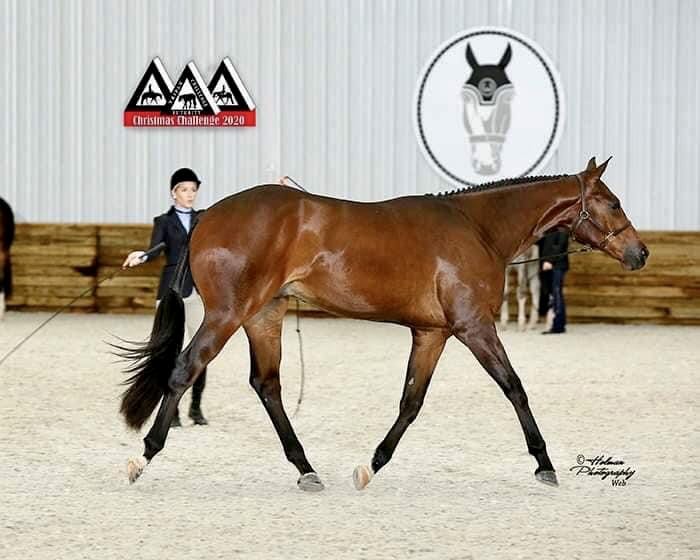 When purchasing a yearling, you are taking on a significant chance of something going really wrong or very right. Baker said that the way the horse looks as a yearling is a good indicator of what it will develop into as a mature adult, despite the growing stages.
When purchasing a yearling, you are taking on a significant chance of something going really wrong or very right. Baker said that the way the horse looks as a yearling is a good indicator of what it will develop into as a mature adult, despite the growing stages.
A hunter under saddle prospect should be level and strong over the topline, have a low neck attachment into the shoulders, and short pasterns. Baker also likes to see a yearling with a lot of lift in the shoulders and self-carriage when moving. If possible, Baker suggests watching a long-yearling move under saddle before going through the awkward growing phases during their two-year-old year.
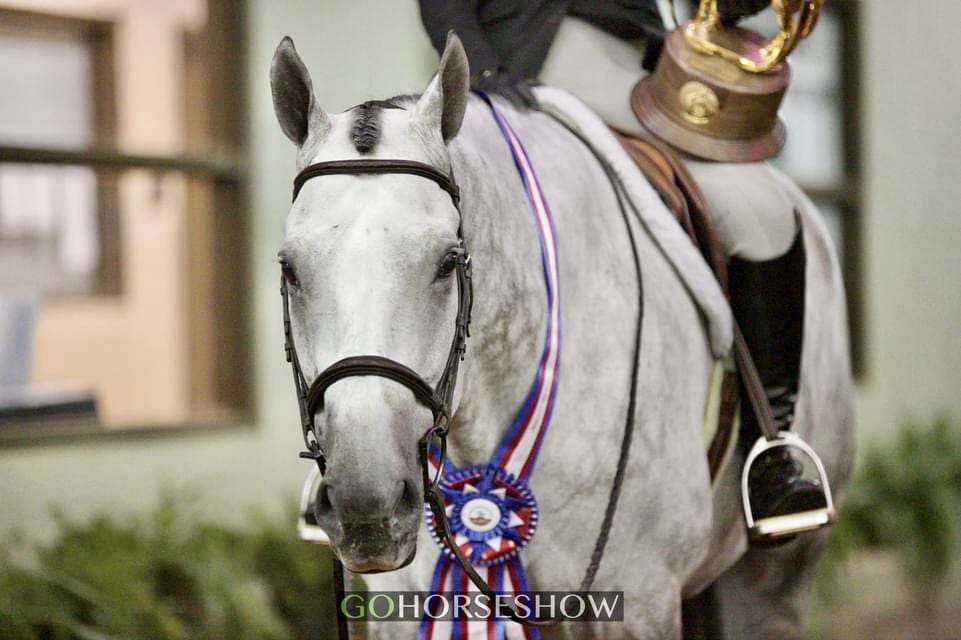 Bloodlines and pedigrees are essential when looking for a new show partner, but Baker says “a good horse is a good horse,” and pedigree shouldn’t be the only determining factor when purchasing a young horse. It’s just as significant to look for a yearling with ideal conformation, structure and movement; sometimes, an unknown pedigree can be a fantastic show horse.
Bloodlines and pedigrees are essential when looking for a new show partner, but Baker says “a good horse is a good horse,” and pedigree shouldn’t be the only determining factor when purchasing a young horse. It’s just as significant to look for a yearling with ideal conformation, structure and movement; sometimes, an unknown pedigree can be a fantastic show horse.
Before purchasing a yearling, like Leier and Parrish, Baker also strongly suggests getting a vet check. She requests x-rays which will show her the status of the yearling’s structure. This knowledge will help her prevent injuries further down the road and maintain the horse’s health throughout its life. X-rays can show bone chips, which can be surgically removed to avoid any lameness, or show more severe issues such as OCD’s that may not always respond to treatment.
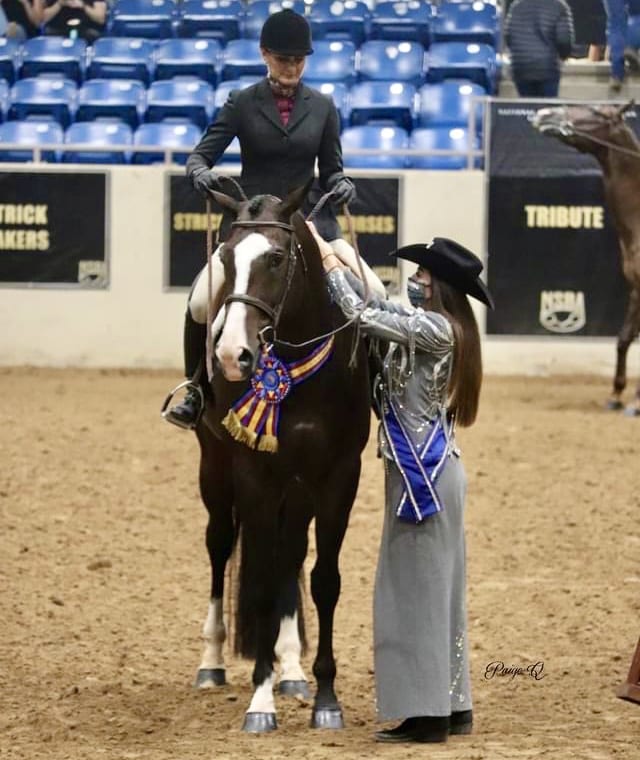 English prospects can sometimes come across as timid, but Baker says that those often come around and can be successful when given a job. There is a horse for everyone at every level, and Baker advised to “go with your gut” when looking at yearling show prospects. Anything can happen at any time. Be well informed. Do your research, but know there are still no guarantees.
English prospects can sometimes come across as timid, but Baker says that those often come around and can be successful when given a job. There is a horse for everyone at every level, and Baker advised to “go with your gut” when looking at yearling show prospects. Anything can happen at any time. Be well informed. Do your research, but know there are still no guarantees.
***
Before buying your next show prospect, it’s crucial to arm yourself with the most knowledge possible. Research the bloodlines in your discipline, identify the qualities you will look for and prioritize them. Determine what you want to achieve and set goals for the level of the discipline you plan to show. And finally, select the prospect that best fits the profile you have developed.


